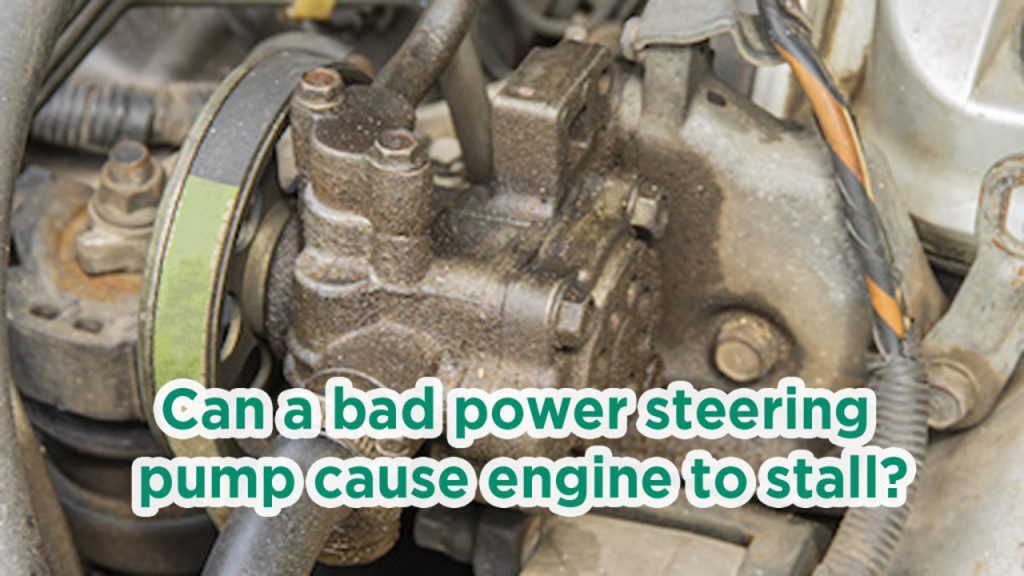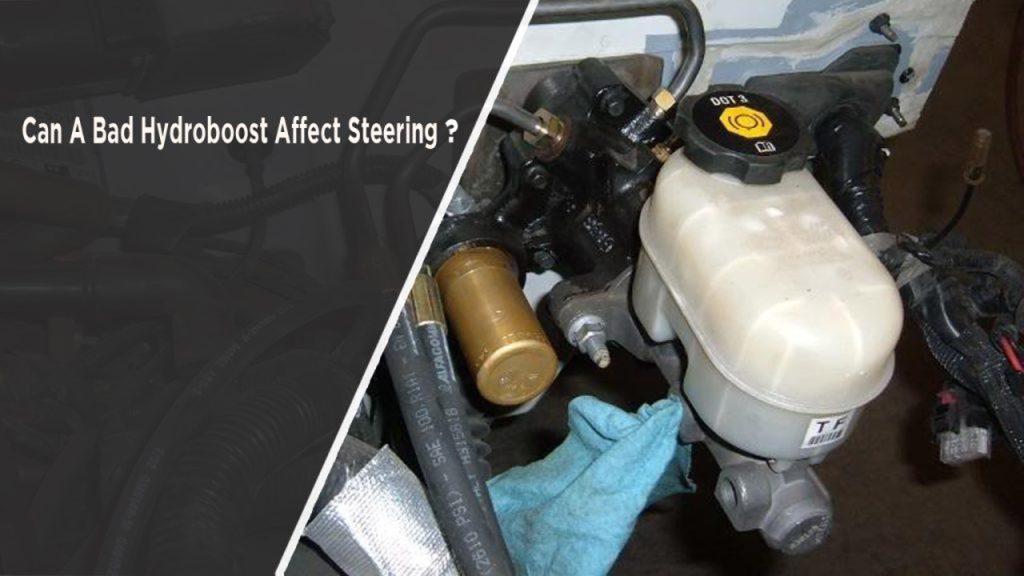If you’ve ever experienced your engine stalling at the worst possible time—maybe at a stoplight or while navigating a tricky turn—it can be a nerve-wracking experience. When it happened to me, I couldn’t help but wonder if something as seemingly unrelated as the power steering pump could be to blame.
Well, the answer is yes, a bad power steering pump can cause your engine to stall. But how does that happen? And what can you do to fix it? Don’t worry—I’ll walk you through everything you need to know to understand this issue, identify the symptoms, and prevent it from happening again.

What Does a Power Steering Pump Do?
Let’s start with the basics. The power steering pump is a key part of your car’s power steering system. Its main job is to pump hydraulic fluid to create pressure, which helps you turn the steering wheel with ease.
Functions of a Power Steering Pump
- Hydraulic Pressure: Generates the force needed to assist in steering.
- Smooth Steering: Reduces the effort required to turn the wheel.
- Responsive Handling: Ensures quick and precise steering.
Without a functioning power steering pump, steering becomes harder, especially at low speeds, and other components in your car may start to suffer too.
Can a Bad Power Steering Pump Stall Your Engine?
The short answer is yes, but let me explain why. The power steering pump connects directly to your engine via a belt. If the pump starts to fail, it creates additional strain on the engine. In severe cases, this strain can cause the engine to stall, especially at idle speeds or during maneuvers that require significant power steering effort.
How Does a Bad Power Steering Pump Cause Stalling?
Several factors come into play when a bad power steering pump leads to engine stalling:
Increased Engine Load
The power steering pump draws power from the engine to function. If it’s faulty or seizing up, it demands more power than normal, which can overload the engine and cause it to stall.
Fluid Blockages or Leaks
A malfunctioning pump can lead to blockages or leaks in the power steering fluid system. Without proper fluid circulation, the pump struggles to work, putting extra pressure on the engine.
Belt Issues
The pump is driven by a serpentine belt. If the pump is damaged, it can cause the belt to slip or seize, leading to a domino effect that impacts the engine’s performance and causes stalling.
Sensor Interference
Modern vehicles use sensors to regulate engine performance. A failing power steering pump can send erratic signals to these sensors, confusing the engine control unit (ECU) and causing it to shut down.
Symptoms of a Bad Power Steering Pump
Recognizing the warning signs early can save you from dealing with engine stalling and other issues. Here’s what to look for:
Whining or Groaning Noises
If you hear a whining or groaning noise when turning the steering wheel, it’s often a sign that the power steering pump is struggling.
Stiff Steering
Difficulty turning the wheel, especially at low speeds, is a classic symptom of a failing pump.
Leaking Power Steering Fluid
Check for puddles of reddish or brownish fluid under your car. A leak indicates a problem in the power steering system.
Squealing Belt
A slipping or misaligned serpentine belt, caused by a faulty pump, can produce a loud squealing sound.
Engine Stalling When Turning
If your engine stalls when you’re turning the wheel or idling, the power steering pump could be the root cause.
Diagnosing the Problem
When I suspected my power steering pump was the culprit behind engine stalling, I followed these steps to diagnose the issue:
Step 1: Visual Inspection
- Check the Fluid Level: Low or dirty power steering fluid can indicate a leak or contamination.
- Inspect the Belt: Look for cracks, fraying, or signs of slipping on the serpentine belt.
Step 2: Listen for Noises
Start the engine and turn the steering wheel. Listen for any whining, groaning, or squealing noises.
Step 3: Test the Steering
Drive the car and pay attention to how the steering feels. Is it stiff or unresponsive?
Step 4: Professional Diagnosis
If you’re unsure, a mechanic can use diagnostic tools to confirm whether the power steering pump is causing the issue.
Fixing a Bad Power Steering Pump
Once you’ve identified that the power steering pump is to blame, it’s time to address the problem.
Repair vs Replacement
In most cases, replacing the power steering pump is the best solution. While minor issues like low fluid levels can be resolved easily, a damaged pump often needs to be replaced.
Steps to Replace a Power Steering Pump
- Drain the Fluid: Remove the old power steering fluid from the system.
- Disconnect the Belt: Take off the serpentine belt connected to the pump.
- Remove the Old Pump: Unbolt and disconnect the pump from the engine.
- Install the New Pump: Attach the new pump and reconnect all components.
- Refill the Fluid: Add fresh power steering fluid and bleed the system to remove air bubbles.
Cost of Repair
Replacing a power steering pump typically costs between $300 and $700, depending on your car’s make and model.
Preventing Power Steering Pump Issues
Keeping your power steering pump in good condition can save you from engine stalling and costly repairs. Here’s how:
Regular Maintenance
Check your power steering fluid levels regularly and top up or replace the fluid as needed.
Avoid Overloading the System
Don’t hold the steering wheel at full lock for extended periods, as it can strain the pump.
Address Leaks Immediately
If you notice a fluid leak, get it fixed right away to prevent further damage.
Inspect the Belt
Regularly check the serpentine belt for signs of wear or misalignment.
Conclusion
So, can a bad power steering pump cause your engine to stall? Absolutely. A failing pump puts additional strain on the engine, especially at low speeds or during turns, leading to potential stalling.
The key to avoiding this issue is recognizing the symptoms early and taking prompt action. Whether it’s a whining noise, stiff steering, or fluid leaks, addressing the problem can prevent further damage to your car and keep you safe on the road.
If you’re dealing with engine stalling and suspect the power steering pump is the culprit, don’t wait. A timely repair or replacement will save you from bigger headaches down the line.
FAQs
What are the signs of a failing power steering pump?
Common signs include whining noises, stiff steering, leaking fluid, and engine stalling.
Can I drive with a bad power steering pump?
It’s possible, but not recommended. Driving with a faulty pump can strain your engine and other components.
How much does it cost to replace a power steering pump?
Replacing a power steering pump typically costs between $300 and $700, depending on your vehicle.
What happens if I ignore a bad power steering pump?
Ignoring the issue can lead to engine stalling, steering failure, and costly repairs.
How often should I check my power steering fluid?
It’s a good idea to check your power steering fluid during routine oil changes or at least once a month.


